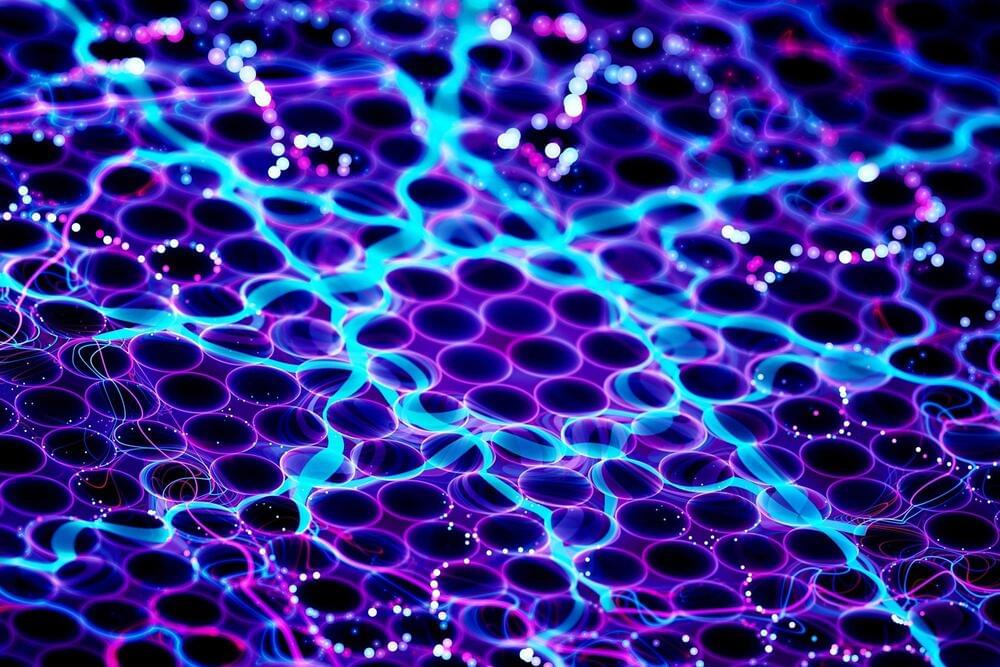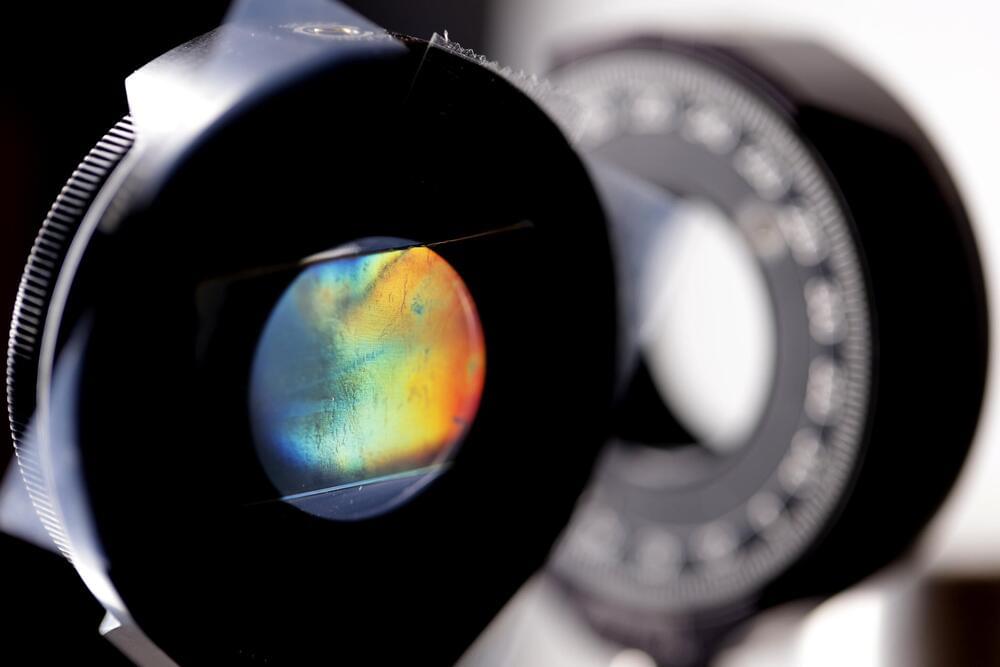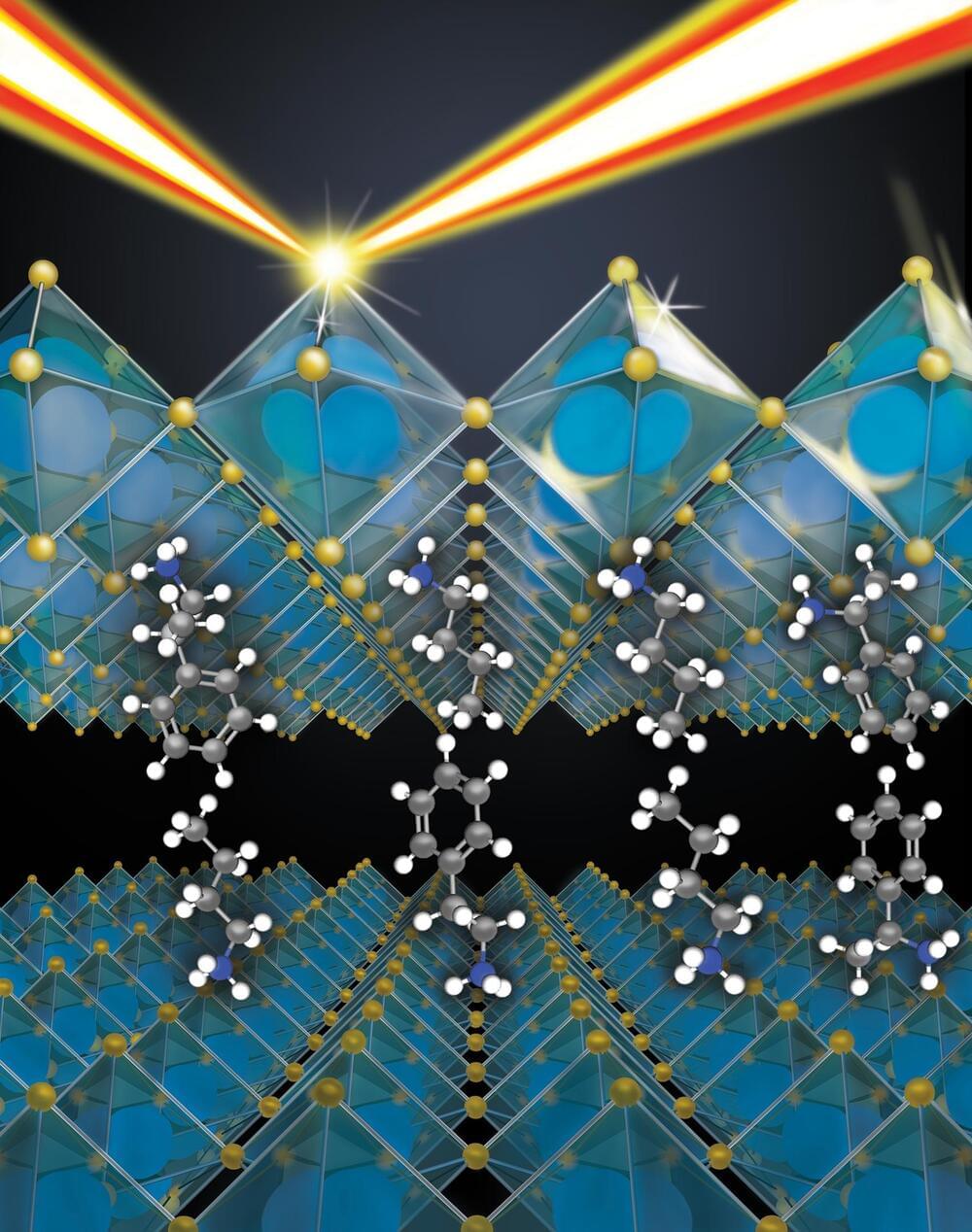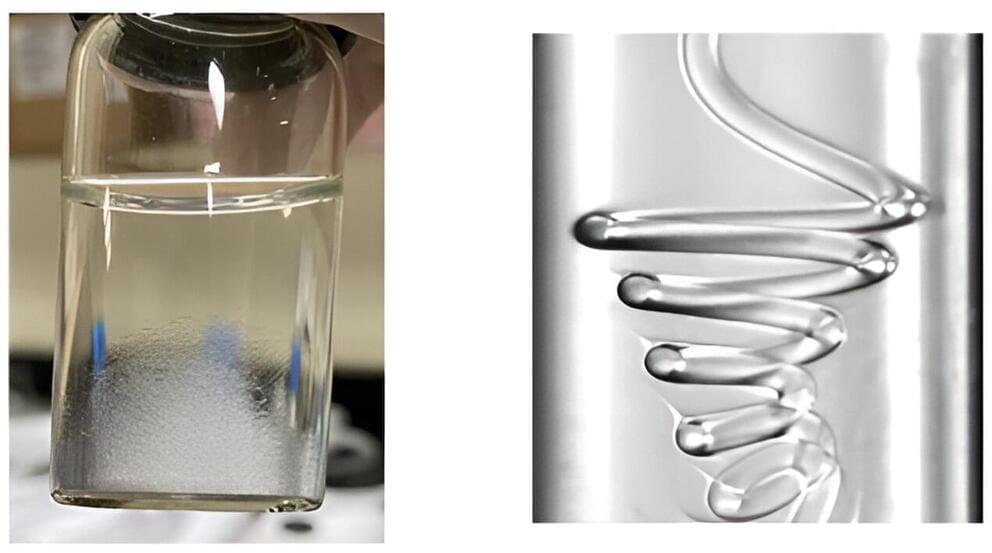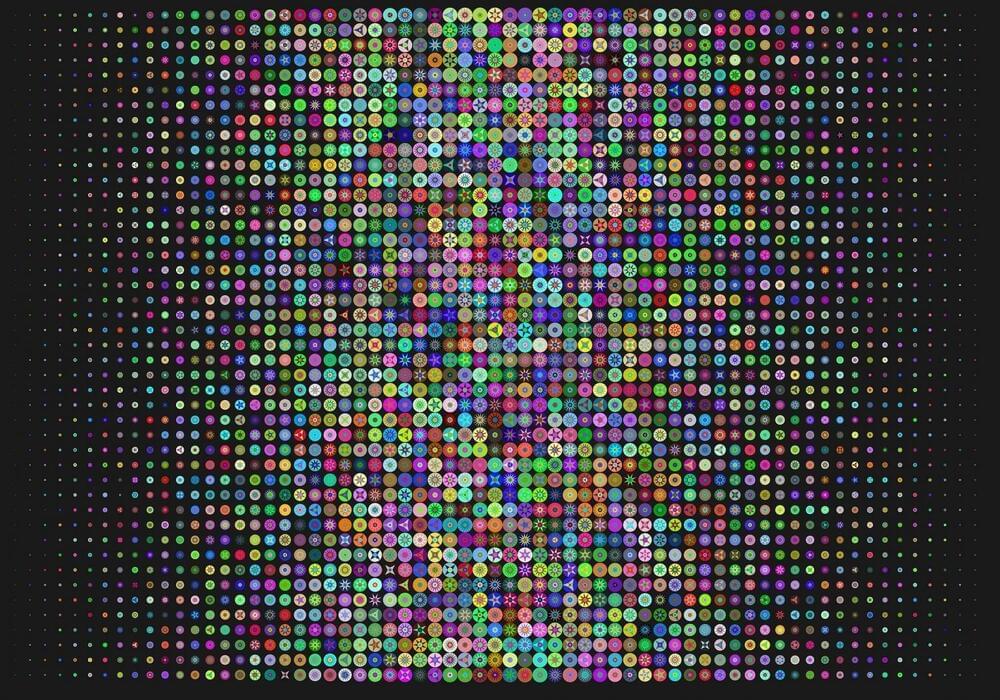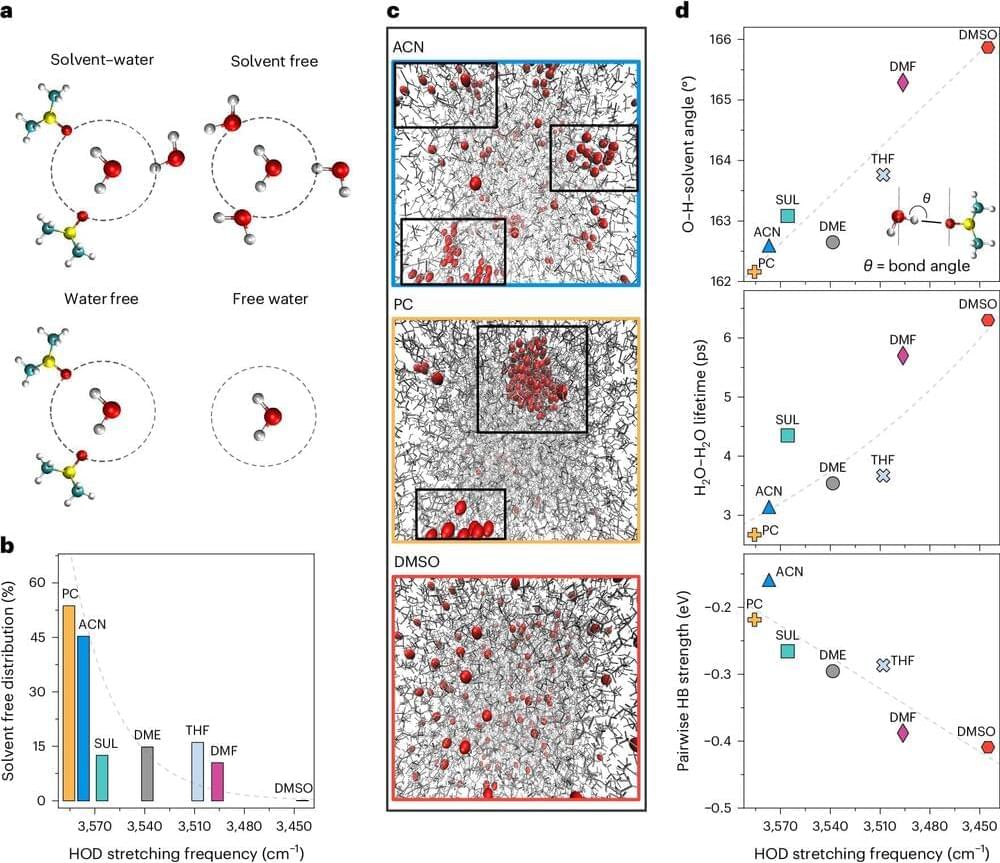Jun 2, 2024
New “Better Than Graphene” Material Could Transform Implantable Technology
Posted by Paul Battista in categories: biotech/medical, engineering
Move over, graphene. There’s a new, improved two-dimensional material in the lab. Borophene, the atomically thin version of boron first synthesized in 2015, is more conductive, thinner, lighter, stronger, and more flexible than graphene, the 2D version of carbon. Now, researchers at Penn State have made the material potentially more useful by imparting chirality — or handedness — on it, which could make for advanced sensors and implantable medical devices. The chirality, induced via a method never before used on borophene, enables the material to interact in unique ways with different biological units such as cells and protein precursors.
The team, led by Dipanjan Pan, Dorothy Foehr Huck & J. Lloyd Huck Chair Professor in Nanomedicine and professor of materials science and engineering and of nuclear engineering, published their work — the first of its kind, they said — in ACS Nano.
“Borophene is a very interesting material, as it resembles carbon very closely including its atomic weight and electron structure but with more remarkable properties. Researchers are only starting to explore its applications,” Pan said. “To the best of our knowledge, this is the first study to understand the biological interactions of borophene and the first report of imparting chirality on borophene structures.”
